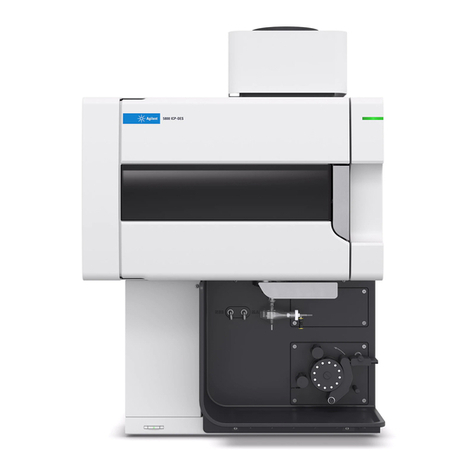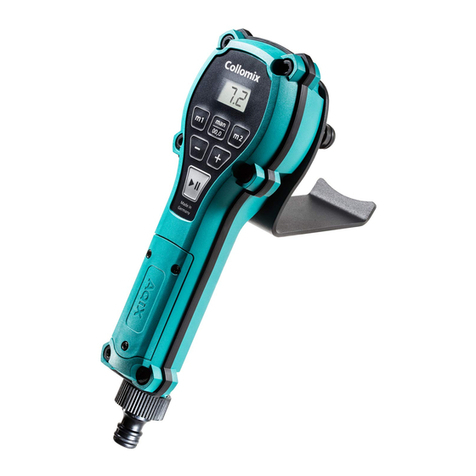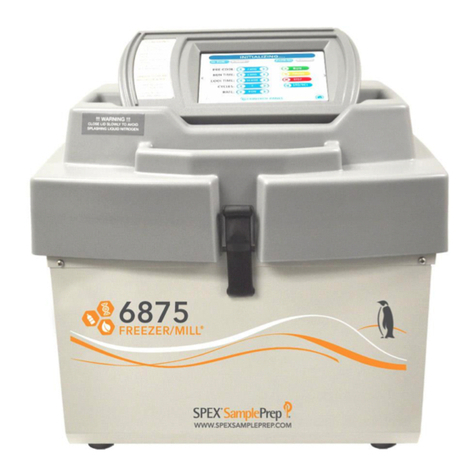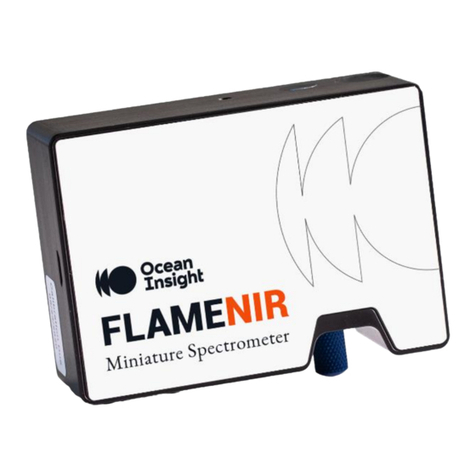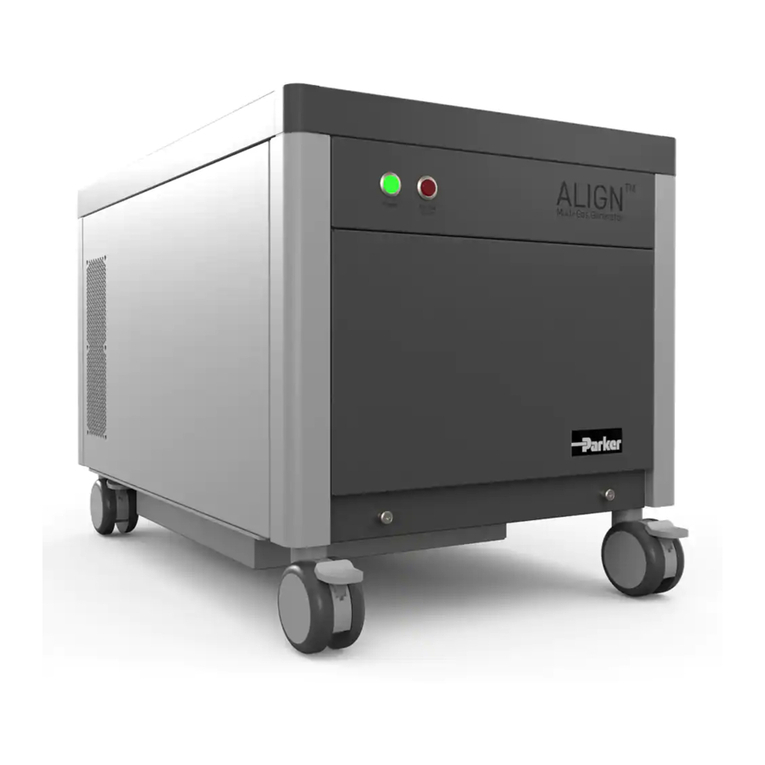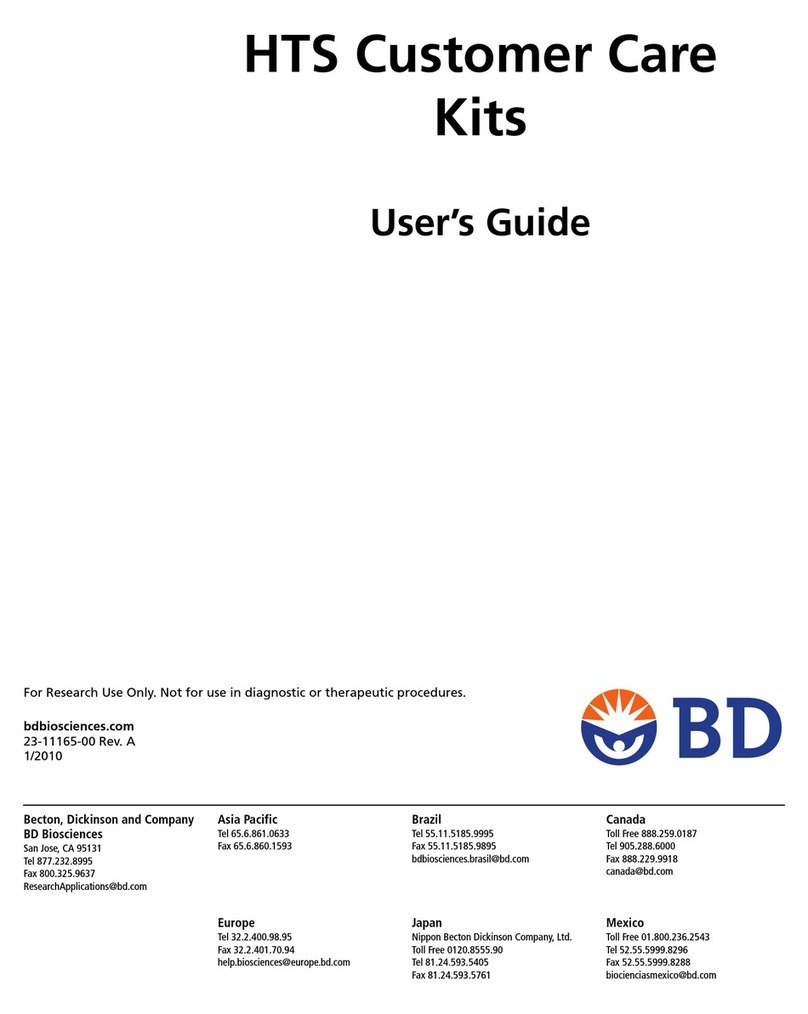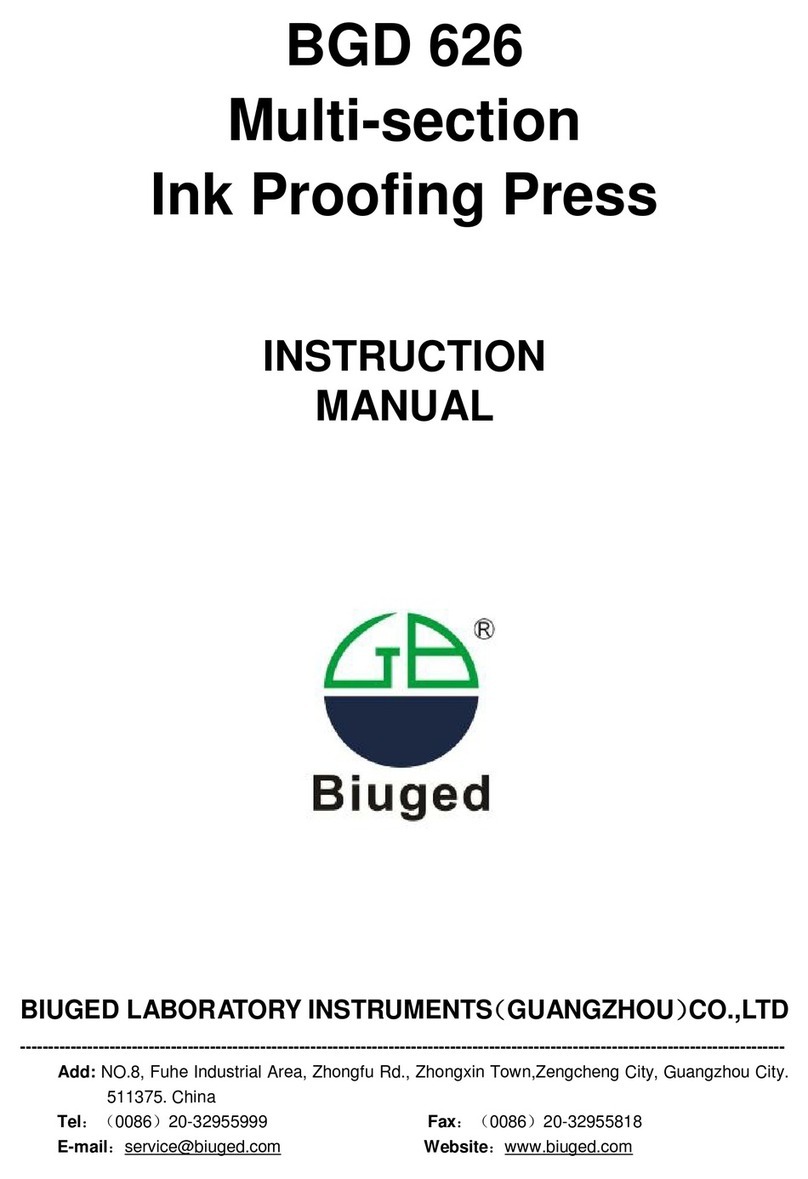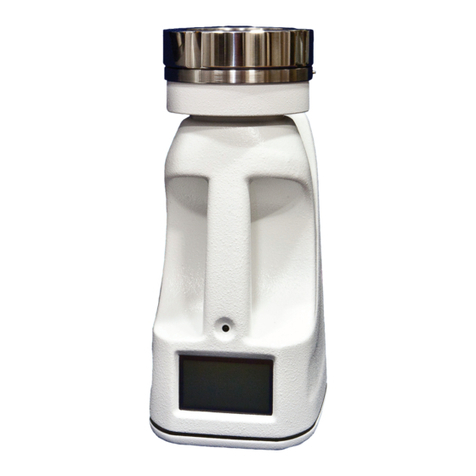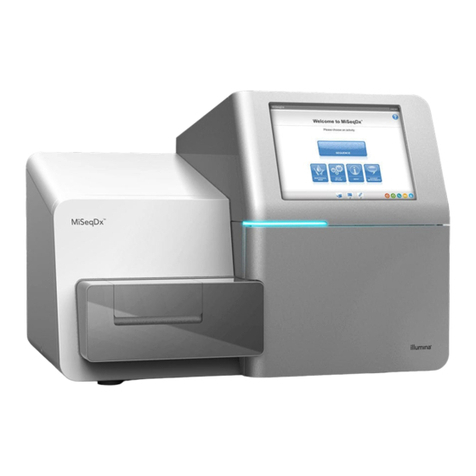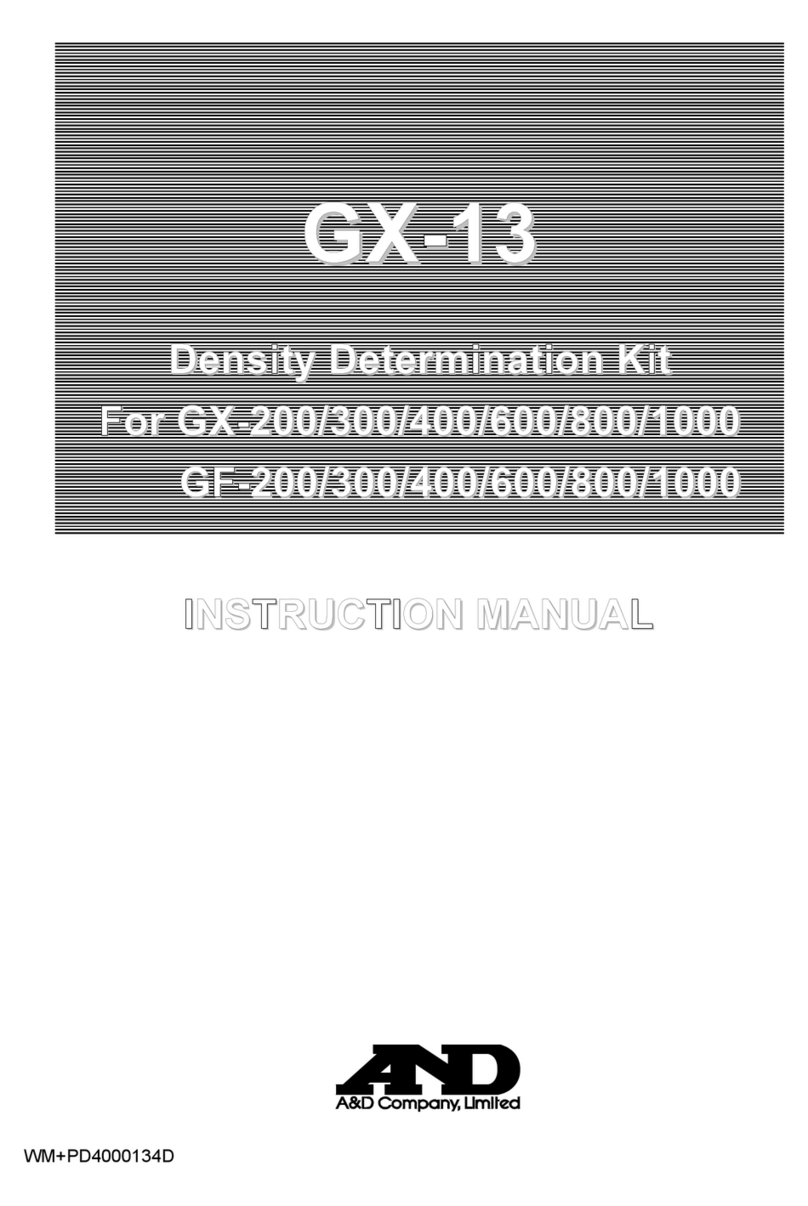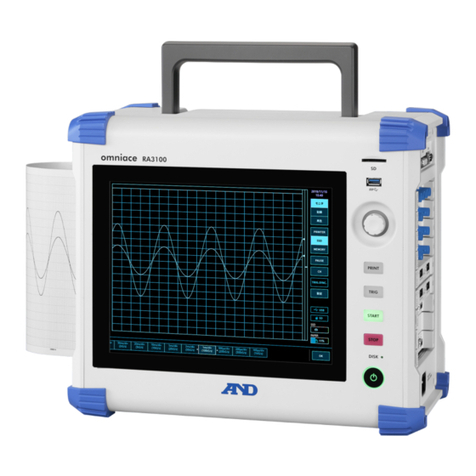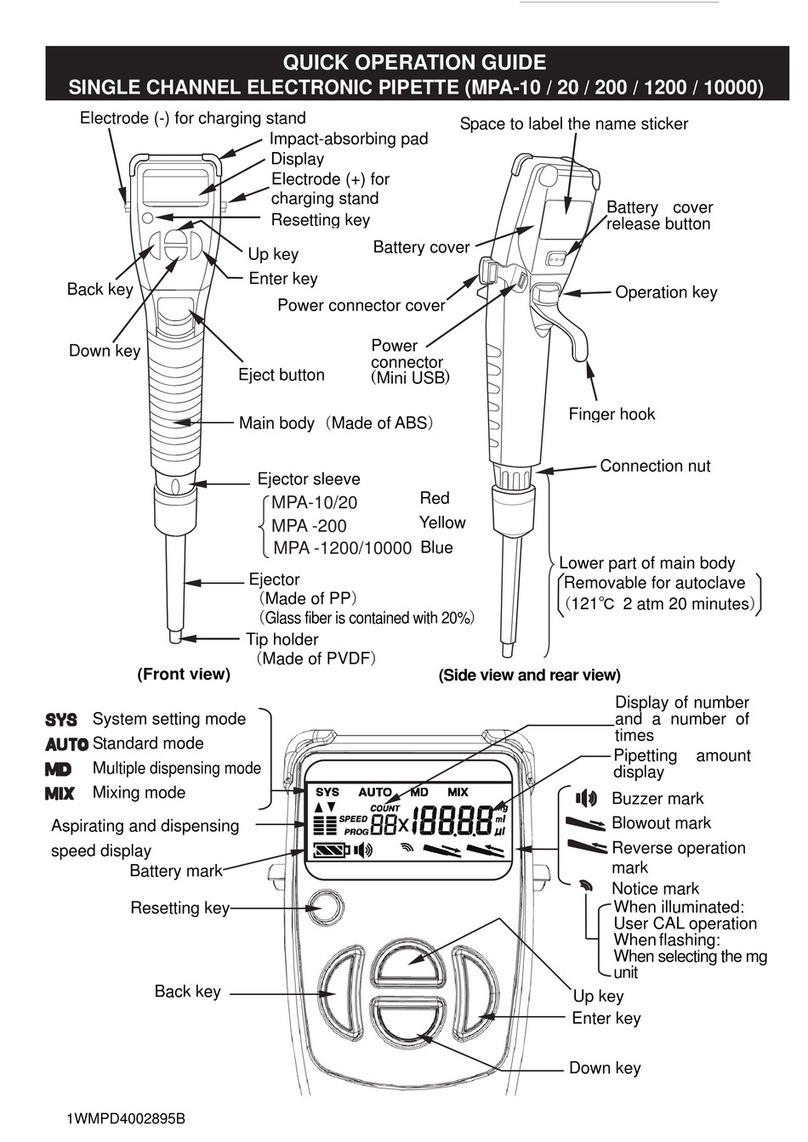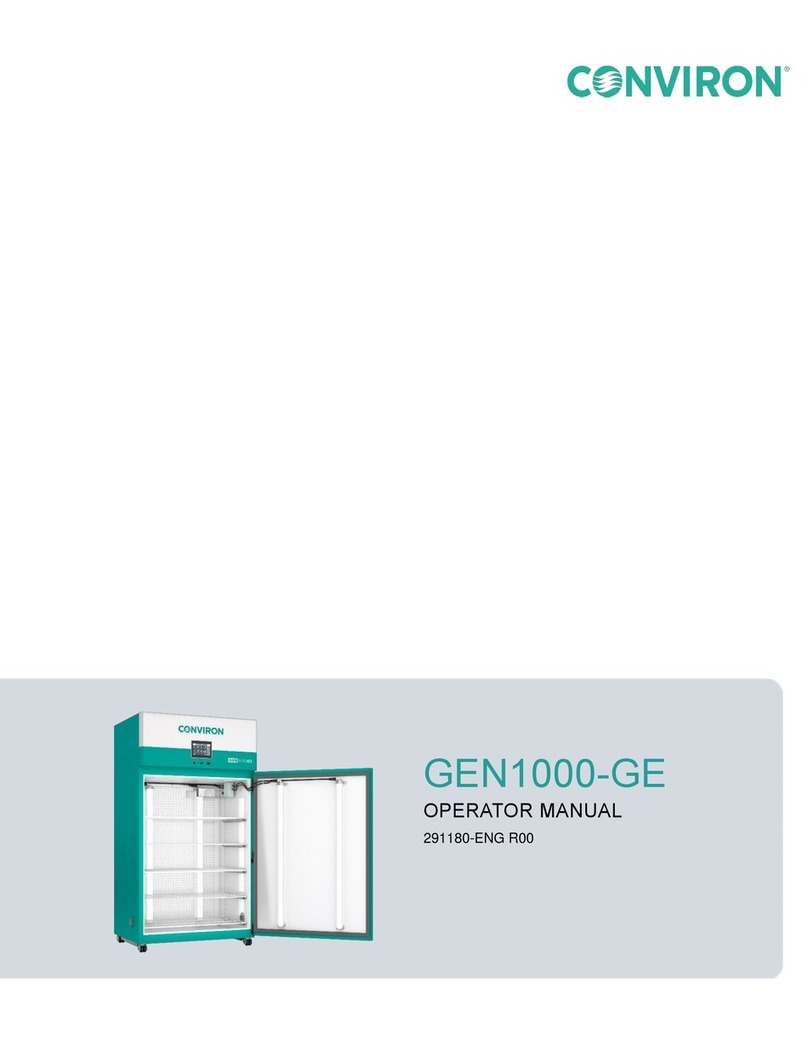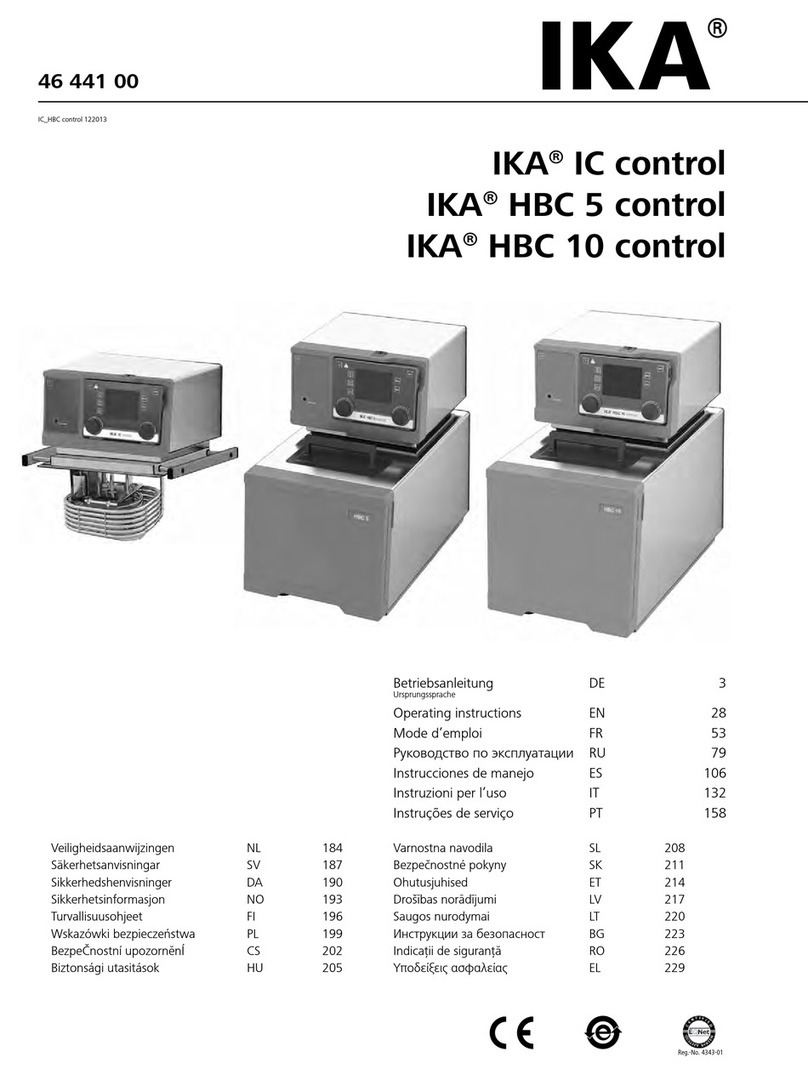
MXMF.Users.Handbook.V2.20.doc LIT:MXUHB April 2003
9
--
7. Heating Method
No. Q A
1 What is the benefit of halogen lamp
incorporated in MX/MF?
Heating value per unit of time is higher than other heating
methods and its useful lifetime is longer. Moisture
analyzers with halogen lamps can shorten measurement
time taken. Halogen lamps emit much more light than other
lamps, which is also beneficial when observing the sample
while heating.
2 What is difference between halogen
and infrared lamp?
How do they relate to each other?
A halogen lamp emits 95 % of light that is within infrared
wavelength field and its energy characteristics are basically
the same as with infrared lamps.
3 How fast can moisture analyzer with
halogen lamp heat up?
It can heat up the pan up to 200C from the ambient
temperature within 2 minutes, much faster than by infrared
or sheathed heater method.
4 What is SRA filter like? SRA stands for Secondary Radiation Assist and is an
innovative heating method A&D developed for the MX/MF
moisture analyzer. The old method where halogen lamp
directly heats sample on a pan, cannot heat the sample
evenly because of the difference of the varying distance
between the lamp and the sample. SRA improves on this
and can heat the sample up evenly with the secondary
radiated heat by the glass placed under the lamp.
8. Measurement
No. Q A
1 What is the benefit of being able to see
inside the analyzer while heating?
Being able to see inside of the analyzer gives users a sense
of safety. Not only water in a sample that can be overheated
or is burnable may be vaporized but also other material can
be carbonized or decomposed. It is very important for users
to check by looking at the sample through Progress Window
to evaluate the data.
2 What is the minimum measurement
time?
It depends on material and moisture content but because
MX/MF incorporates 400W halogen lamp as heating source
the pan can be heated from ambient temperature to 200C in
only 2 minutes. Also, since a SHSTM sensor designed for
analytical balances is installed sensing weight of sample
before and after heating is precise and thus, requires less
sample volume than before. With appropriate heating
temperature and sample mass, measurement can generally
be done within a few minutes to 20 minutes.
Therefore, for the following reasons MX/MF’s heating time
and thus, measurement time are shortened.
1. Heating to a set temperature is fast
2. Only very little quantity of sample is needed to measure
3 Are temperatures of sample and
displayed temperature the same?
Displayed temperature is the one right on the pan, that is, of
sample especially when spread on the pan evenly. However
when placed unevenly or it has hard skin membrane the
temperature is of the surface of the sample.
*MX/MF does not have the sensor right on the pan but
calculates the place whose temperature is assumed to be
the one of on the pan and puts the sensor there.
Temperature calibration is possible by users.
